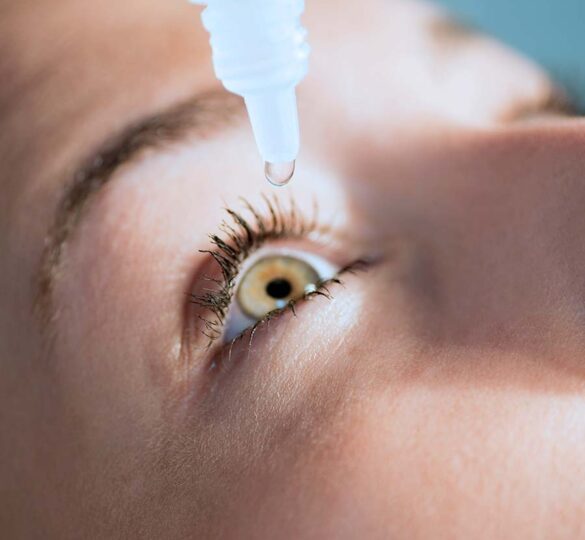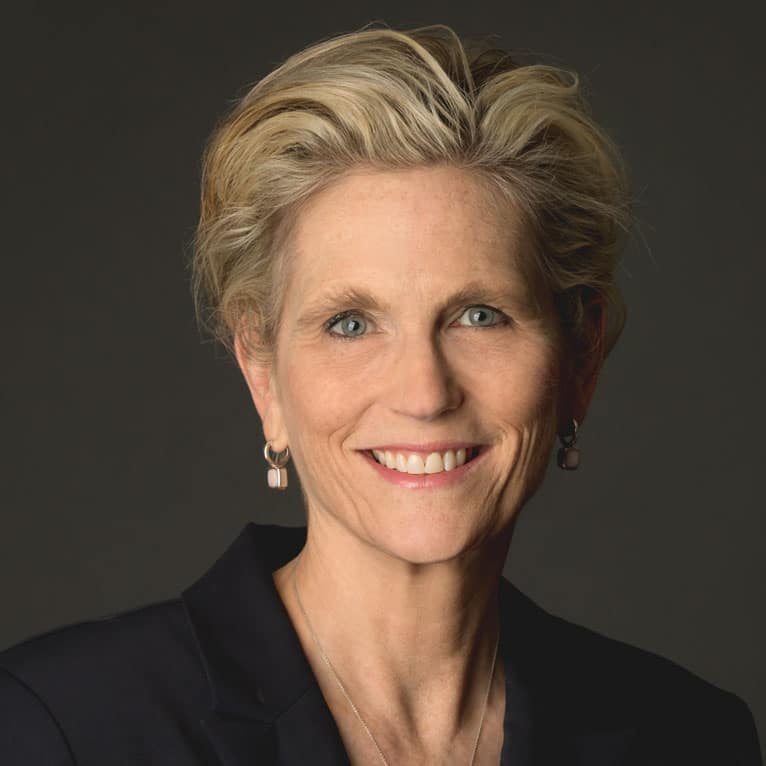Dry Eyes and Glaucoma: Double Trouble
Dry Eye Syndrome and glaucoma commonly occur together. Patients may have irksome symptoms, but might not associate them with dry eye syndrome.

For example, it’s common for my dry eye patients to complain of tearing, fluctuating vision, or that the eyes feel like sand. Another telling comment is, “My eyes just don’t feel right; they bother me all day.”
The symptoms of dry eye disease vary from person to person. Symptoms may come and go, and they’re often subtle. My dry eye patients are often relieved and grateful when their symptoms are acknowledged and treated.
What are the Challenges of Dry Eye and Glaucoma?
Like open-angle glaucoma, dry eye syndrome becomes more common with aging. Studies suggest that 40-50% of glaucoma patients have dry eye syndrome, and women are more likely than men to have it.
Treatment of two diseases can be a challenge for the patient and for the doctor. Treating the dry eye syndrome is very important both for the patient’s comfort and for the long-term health of the surface of the eye. But because glaucoma can cause vision loss, when a patient has both dry eye syndrome and glaucoma, the glaucoma is usually treated first. Addressing the glaucoma treatment almost always takes precedence over treating the dry eye disease—even though the dry eye disease bothers the patient more.
What Causes Dry Eye Syndrome?
Dry eye can be caused by many different factors such as:
- Inflammation of the eyelids;
- Activities that reduce blinking such as prolonged reading or looking at a computer screen;
- Using glaucoma eye drops over a long period of time;
- Low humidity, wind, or forced air heating and cooling systems;
- Previous eye infections or previous eye surgery;
- Diseases such as rheumatoid arthritis and Sjogren’s syndrome;
- Medications such as anithistamines and antidepressants
Treating Dry Eye and Glaucoma
Usually a combination of treatments is helpful, and your eye doctor may try several treatments to find the combination that works best.
Treatments for dry eye include:
- Artificial tears, most often in the form of eye drops (gel and ointment forms are also available);
- Eyelid cleansing and warm compresses to minimize inflammation;
- Reducing tear evaporation with measures such as using a humidifier, avoiding air/wind blowing directly onto the eyes, and taking frequent breaks while reading;
- Punctal plugs to block drainage through the tear ducts and conserve tears;
- Doxycycline or other oral medications to further treat lid inflammation;
- Cyclosporine and Lifitegrast medication drops that suppress inflammation; some doctors also use mild steroids to suppress inflammation but patients with glaucoma are at risk for steroid-induced rise in eye pressure and should be monitored for that.
Treatment for glaucoma can be modified when dry eye is also present. For example, your doctor may recommend switching to preservative free glaucoma medications. Other options include using combination eye drops to reduce the amount of preservatives instilled on the ocular surface, and using laser treatment instead of, or as an adjunct to, eye drops.
Both glaucoma and dry eye disease are chronic conditions and it is important to treat both diseases. Because the treatment of both often includes using eye drops, keeping up with the regimen can be challenging for patients. Yet, keeping the tear surface healthy increases comfort, promotes eye health and even increases the success rates of some glaucoma surgeries.
Patients with glaucoma and dry eye disease have a lot to handle. Dry eye, like glaucoma, is not curable but is manageable; the management of both requires a team effort of both the doctor and the patient.
Video: Dry Eye Information
Article by Ruth D. Williams, MD. Posted on September 15, 2019; Last reviewed on March 16, 2022.

Ruth Williams, MD
Ruth D. Williams, MD is a glaucoma specialist at the Wheaton Eye Clinic in Wheaton, Illinois. She is a past president of the American Academy of Ophthalmology and a national spokesperson on ophthalmic issues.